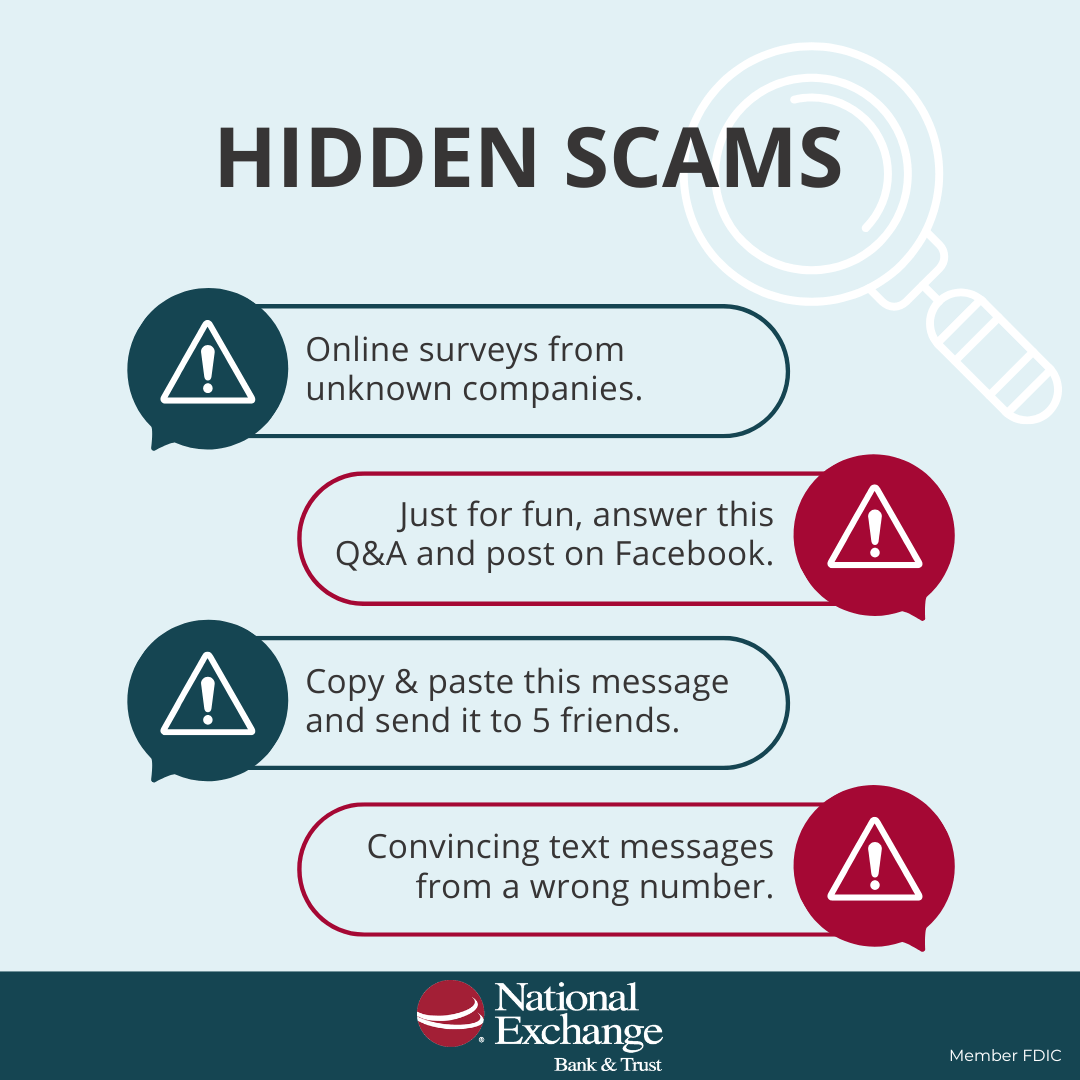Holiday Closing Notice - January 1, 2026
Our offices will be closed on Thursday, January 1, for New Years Day.
*Please note that our office inside Festival Foods in Fond du Lac will be closing early at 5 PM on Wednesday, December 31, for New Years Eve.




